Keeper of Time is an ambitious documentary currently in production that aims to break down the walls of horology and explore the concept of time through a contemporary lens. Its director, Michael Culyba, is a veteran of documentary filmmaking but is a fairly recent convert to the world of watchmaking. As many collectors are aware, the watch bug can take hold quickly and can blossom into many different paths. For Culyba, this meant combining his career and his newfound love for horology into one.
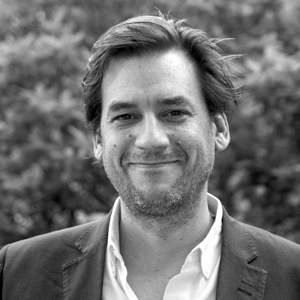
With the omnipresence of watch blogs and social media, it’s surprising that there hasn’t been a comprehensive take on the watch industry from a feature-length film perspective. Culyba realizes this and is tackling the topic through a multi-faceted approach that should engage horological neophytes as well as entertain the educated enthusiast. He’s already interviewed and filmed watchmaking luminaries like François-Paul Journe and Roland Murphy, plus members of the timekeeping elite like Nicholas Manousos, President of the Horological Society of New York, and Dr. Demetrious Matsakas, Chief Scientist of Time Services for the USNO, in addition to distinguished collectors like William Massena.
A Kickstarter launched a few weeks back with the goal of securing additional funding to shoot in Europe to capture the likes of Roger W. Smith’s workshop on the Isle of Man in the U.K. and Max Büsser of MB&F. As of yesterday, the goal of $100,000 has been reached but we still recommend you check out Culyba’s Kickstarter to view some of the rewards being offered for backers as well as more information. Otherwise, you can check out the trailer and read our exclusive interview with Culyba below.
What is the goal of Keeper of Time?
I think the main story structure is going to be the history of horology from the dawn of human civilization. The original timekeepers are the planets, the stars, the moon, all of this. So starting there, and then sundials, sun obelisks, water clocks, the invention of the pendulum, to clocks and wristwatches, the quartz revolution, to the atomic clocks that today are handling GPS, universal time, that sort of thing. That’s really the backbone. And the idea is while I’m telling that story, we’re seeing contemporary footage of craftsmen and artisans that are continuing these traditions. Instead of necessarily seeing black and white photos of clocks, we’re seeing contemporary watchmakers actually building movements from scratch, and making watches and clocks in the traditional way.
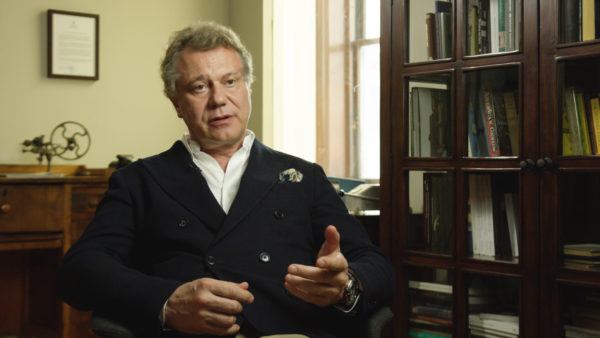
Will the film be strictly for collectors and enthusiasts that understand watchmaking? Or will it be approached in a more general direction, so the layperson can enjoy it?
It’ll definitely be approached in a universal way because the best documentary films are for a universal audience. And I want to sort of capture what fascinated me about horology to the layperson. Most people don’t know about the craftsmanship and artistry that go into making these timepieces, or how the history and evolution of timekeeping have helped shape our modern society, and vice-versa, how society’s pursuit of precision has actually shaped our world as well. I don’t think people know that story.
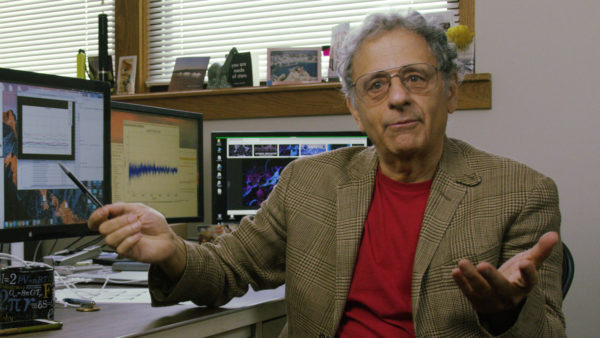
So tell me a little bit about your background and what attracted you to the crazy world of watchmaking?
I always wore a watch from a very young age. And then I think they progressively started getting nicer and nicer. I go from a Casio to a Swatch to a quartz TAG Heuer Formula 1 in 1989, which I love and I still wear while I’m cycling. But I always wanted a really nice timepiece, and I don’t think I knew what that exactly meant. Finally, around two years ago, I bought myself a nice mechanical watch, which ended up being a Tudor Heritage Black Bay 36.
So I bought myself a nice watch and as I was looking at watches it was like, what’s the difference between a quartz watch and a mechanical watch? I really needed to know. Once I got the Tudor, I started doing research, and I was just fascinated right away about these tiny little micro machines and how they work, and the engineering and craftsmanship that goes into them. It was amazing to me. I did a lot of reading and I did a lot of searching on Google, finding sites and forums. Eventually, I found the Horological Society of New York and I ended up taking three of their classes.
At the same time, I’m a documentary film editor by trade, and I’ve been editing documentary films for the last 16 years. I’ve worked with some of the top documentary filmmakers, but I’ve always wanted to make my own film and my own documentary. So my recent passion for horology made it [the perfect subject] when I was looking for a subject to do a film last year.
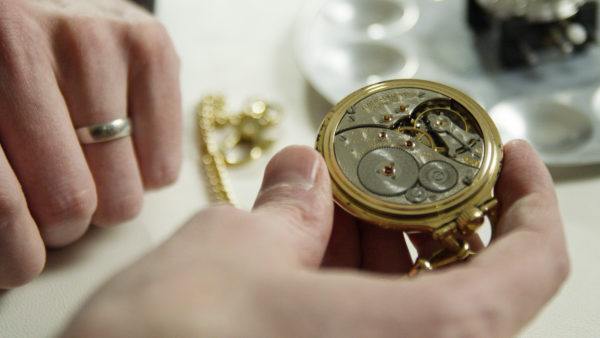
How does it feel to officially be in the watchmaking world and get to meet legends like F.P. Journe?
It’s great, and it’s been really exciting. Everyone I’ve met in this world and this community have been beyond supportive. I’ve only been in this [world] for a couple years, I’m still learning, I still feel green. I’m just constantly learning about new watches, new movements and clocks, and timer clocks. So as I’m making the film, it’s been an adventure, a learning experience for me. It’s a journey, it’s educational, and so that makes it all the more exciting. It makes it more fun when you’re learning as you go.
Another component of the film that I’m excited about is that once the film is done beyond the commercial release, I really want to have a sort of educational outreach mission attached to it as well. One of the missions of the film is that I definitely want to tour high schools and middle schools, enlightening the younger generation about the fact that [watchmaking] is a viable trade, the fact that it’s really interesting and is steeped with history.

So you’re doing the Kickstarter right now looking to raise $100,000. What will that money go towards? (Ed. note: Keeper of Time became fully funded in the middle of our conversation with Michael)
Well, we’ve been shooting in and around New York since February. Now we need to expand shooting to Europe and on the west coast as well. So the money that’s being raised for the Kickstarter will pay for production costs. That includes travel, lodging, paying for my cinematographer, and the sound recorders. So all that money will go towards that, and then I’ll start the editing process while we’re shooting.
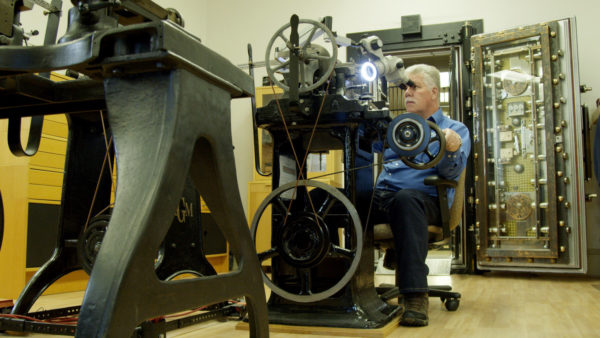
What is something you’ve learned during the filming process that really stands out?
What’s remarkable to me is that I’m still, even though I’ve learned so much more in the last year and a half, two years, about watchmaking, the amount that there is to learn about the craft is seemingly endless. I’ll always be bowled over and impressed by artisans like François-Paul Journe, Roger Smith, and Philippe Dufour. I don’t think that fascination will ever leave me.
The Keeper of Time Kickstarter ends the morning of Nov. 5. Click here for more information.

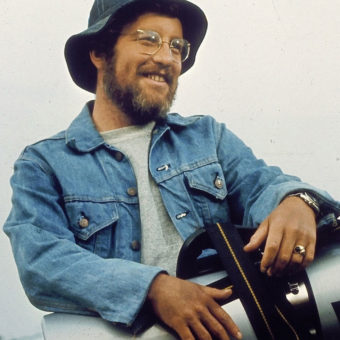
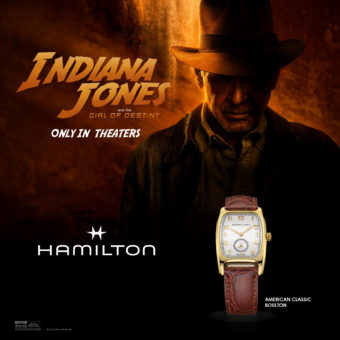
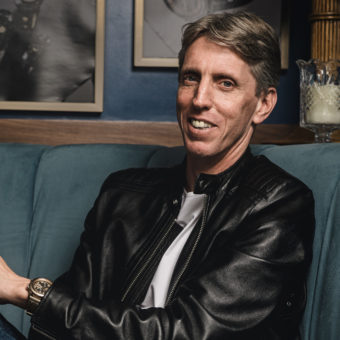
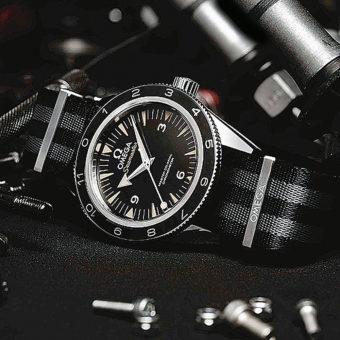
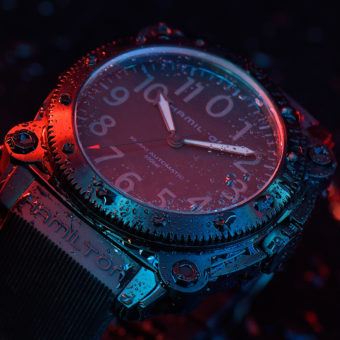
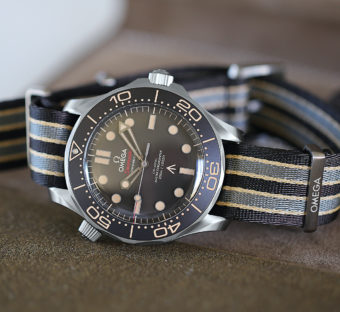
I love those tiny machines! The science of Horology fascinates me. I’m not rich, but I do have a couple of fine watches. I just can’t get enough of anything that concerns fine watches.